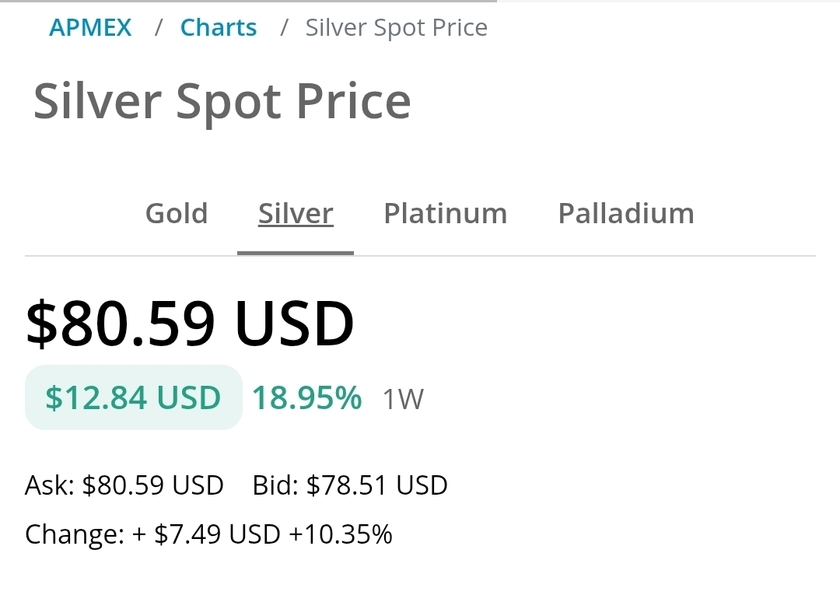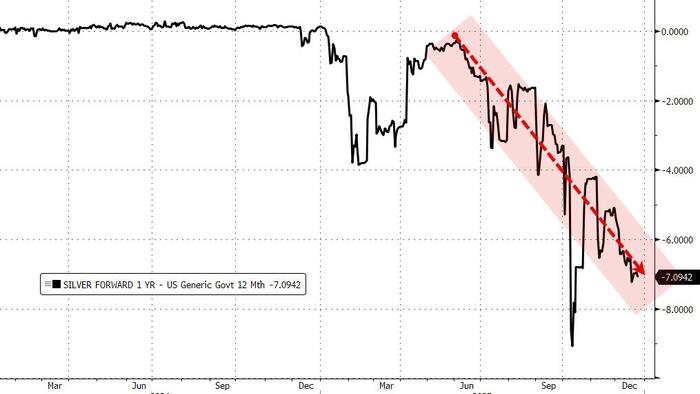The financial industry is witnessing a wave of digital money and payment innovation driven by the public and private sectors. Central bank digital currencies (CBDCs), stablecoins, and deposit tokens are among the emerging digital assets that are transforming the global payments landscape.
These innovations leverage blockchain and distributed ledger technology (DLT) to achieve faster and more efficient payment and settlement processes and programmability.
While the potential benefits are promising, addressing the challenges and uncertainties associated with these emerging technologies is crucial for sustainable adoption.
In view of this evolving landscape and within the scope of Project Dynamo, which encompasses the utilization of digital trade tokens, the BIS Innovation Hub Hong Kong Centre (BISIH) has collaborated with Quinlan & Associates to conduct a comprehensive study of the current state of CBDCs, deposit tokens, and stablecoins.
This study is further strengthened by insights derived from interviews with 29 global market leaders and stakeholders actively engaged in one or more aspects of these technological explorations.
CBDC projects and private sector initiatives
The landscape study revealed a significant increase in CBDC projects initiated by public entities in recent years. Nearly one-third of jurisdictions worldwide have explored or are currently exploring CBDC use cases. Of the 131 CBDC projects tracked until April 2023, 42 specifically focus on wholesale adoption.

The private sector has also embraced the adoption of CBDCs, deposit tokens, and stablecoins to enhance their existing offerings and propositions.
For instance, ANZ introduced the A$DC, a stablecoin aimed at automating supply chains and cost-effectively providing near real-time liquidity.
In Japan, major banks such as Tokyo Kiraboshi Financial Group, Minna no Bank, and the Shikoku Bank are exploring the issuance of their stablecoins on a public blockchain.
Project overview and methodology
The landscape study conducted for Project Dynamo focuses on the wholesale adoption of CBDCs, deposit tokens, and stablecoins. It covers use cases, adoption outlook, challenges, organisational positioning, blockchain technology, and regulatory developments.
The study employed a combination of primary and secondary research, including interviews with 47 executives from 29 organisations involved in these explorations.
The objective is to provide practical reference frameworks, key trends, and primary market intelligence to facilitate the healthy development of financial markets.
To establish common definitions for CBDCs, deposit tokens, and stablecoins, the study examined their underlying characteristics, including technology, price stabilisation mechanisms, and issuing entities.
This study focused on DLT-based digital representations of sovereign currency issued by central banks, regulated banks, and non-bank financial institutions. Other DLT-based assets, such as algorithmic stablecoins, were excluded from the definitions.
Adoption of CBDC, deposit tokens, and stablecoins
The common feature among CBDCs, deposit tokens, and stablecoins is their potential for straight-through processing and end-to-end instant payments/settlements, including payment versus payment (PvP) and delivery versus payment (DvP), combined with programmability.
Adopting blockchain/DLT could revolutionise the existing settlement methods for payments and regulated assets, such as securities, which are key pillars of the financial markets.

While well-established methods tend to be highly sticky, incumbents and stakeholders in the traditional financial markets have shown a willingness to explore blockchain/DLT for PvP and DvP to address pain points such as lengthy settlement times, lack of transparency, and high transaction costs.
Additionally, the programmability of money and payments is an active area of experimentation for both disruptors and incumbents.
There is significant interest in adopting blockchain/DLT for wholesale financial operations across the public and private sectors. Initiatives like Project mBridge, Jura, Helvetia, Dynamo, and Genesis, led by the BIS, are examples of such explorations.
Financial institutions are actively exploring the adoption of DLT representations of fiat currency in both PvP and DvP scenarios, with promising developments observed in the trade finance and fixed income space.
Non-banking industry players, particularly those involved in international trade, are also actively exploring wholesale use cases of CBDCs, deposit tokens, and stablecoins to address existing pain points associated with working capital.
Regulatory perspectives
While there is significant interest in adopting blockchain/DLT for wholesale financial operations, several regulatory challenges must be addressed. One of the initial steps in blockchain/DLT adoption is the selection of a suitable blockchain/DLT protocol.
However, there is limited industry convergence due to different views on the potential of various blockchain types and the industry’s future development.
Compliance with anti-money laundering (AML) and counter-terrorist financing (CTF) sanctions rules is another crucial regulatory consideration, given the widespread availability of digital assets.

Entities involved in these explorations generally prefer entity-level AML implementation to minimise operational complexities and have better control over the legal responsibilities and consequences within the ecosystem.
While central bank digital currencies and deposit tokens benefit from existing legal and regulatory frameworks that provide sufficient clarity, stablecoins are a relatively new concept that requires the development of new regulations or the adaptation of existing ones.
Achieving regulatory clarity and harmonisation across all three categories of digital assets is essential to encourage organisations to explore wholesale use cases further.
Regulatory bodies worldwide are actively endorsing real-world use cases of digital assets, ensuring investor protection, and addressing concerns related to AML, CTF, and other regulatory considerations.
Recent developments, such as Hong Kong’s publication of a consultation paper on stablecoins and Japan’s plan to lift the ban on foreign stablecoins, demonstrate the regulatory efforts to devise or revise regulatory frameworks for stablecoins.
However, despite these efforts, areas of uncertainty still require further clarity, particularly around the legal taxonomy of stablecoins in various jurisdictions. Consistency in legal taxonomies and licensing requirements is crucial for the widespread adoption and effective regulation of stablecoins.
This necessitates greater regulatory convergence and cross-jurisdictional harmonisation to ensure a consistent and supportive regulatory environment for stablecoins and other digital assets.
Market development and interoperability
Institutions often pursue technology initiatives independently, leading to siloed development and experimentation. However, initiatives are underway to connect these “walled gardens” and address challenges around limited interoperability.
Leading financial market infrastructure players and technology providers work on aggregation platforms, standardised messaging guidelines, and relay chains to facilitate interoperability.
Interoperability solutions are crucial for unlocking the full potential of CBDCs, deposit tokens, and stablecoins by enabling scalability and seamless cross-border settlement.
Market facilitators, such as regulators and policymakers, play a vital role in fostering cross-jurisdictional cooperation and coordination to support interoperability and harmonisation in wholesale cases involving PvP and DvP.
CBDC Wholesale use cases
The adoption of CBDCs, deposit tokens, and stablecoins holds vast potential, and the BIS Innovation Hub is actively involved in experimenting and piloting various wholesale use cases. Industry participants are exploring a wide range of wholesale use cases, with the BISIH playing a catalyst role in facilitating these explorations.

PvP use cases, particularly cross-border payment settlements, are prominent, while DvP use cases involve issuing and settling various securities, such as bonds and swaps. Financial institutions emphasise the importance of digital money for efficiently settling digital assets. However, they express concerns about adopting digital money that central banks or regulated financial institutions do not issue.
Case Study: Trade Finance
As part of Project Dynamo, the Digital Trade Token (DTT) explored programmability and improved data transparency to tackle the trade financing gap for small and medium-sized enterprises (SMEs).
SMEs upstream in the supply chain often face challenges in accessing financing due to their smaller size and lack of quality collateral or sound financials.
The DTT, a stablecoin, enables anchor buyers to send smart contract-backed conditional payments to their suppliers. Suppliers can then pass the DTT to their upstream counterparts to offset their debt or obtain working capital from institutional investors.
The importance of regulatory harmonisation
Regulatory hurdles pose significant challenges to adopting CBDCs, deposit tokens, and stablecoins. Clear regulatory frameworks are crucial for market participants to navigate compliance requirements and ensure investor protection.
The legal classification of stablecoins, in particular, needs further clarification to establish accountability and prevent regulatory arbitrage.

Regulatory bodies worldwide are actively working to develop or revise frameworks for digital assets, but inconsistencies in legal taxonomies and licensing requirements across jurisdictions hinder adoption efforts.
Greater regulatory harmonisation and cooperation are necessary to foster a conducive environment for the adoption and growth of CBDCs, deposit tokens, and stablecoins.
The way forward
The adoption of CBDCs, deposit tokens, and stablecoins in wholesale financial operations is still nascent. It requires extensive coordination among market facilitators, such as regulators and policymakers, and exploration by market stakeholders, including banking institutions, non-banking institutions, financial market infrastructures, and payments companies.
Technology and regulation are still in the early stages of development, leading to siloed initiatives within individual organisations.

While uncertainties and regulatory hurdles remain to overcome, the potential benefits of these digital assets in transforming payment and settlement processes are substantial.
Despite these challenges, stakeholders are encouraged to keep a close eye on potential interoperability solutions that can unlock the full potential of this new asset class in the coming years.
Market facilitators need to foster cross-jurisdictional cooperation and coordination to address discrepancies in legal taxonomies, definitions, and responsibilities, enabling responsible and sustainable progress by market participants.

In addition, market stakeholders should continue to monitor regulatory developments and actively shape the regulatory frameworks for CBDCs, deposit tokens, and stablecoins, ensuring investor protection and facilitating the growth of these emerging asset classes.
Coordinated efforts among market facilitators and stakeholder collaboration are crucial for driving the sustainable development and adoption of CBDCs, deposit tokens, and stablecoins in the financial industry.
With regulatory clarity, increased interoperability, and continued exploration, CBDCs, deposit tokens, and stablecoins have the potential to reshape the global financial landscape and pave the way for a more efficient and programmable future of finance.




























